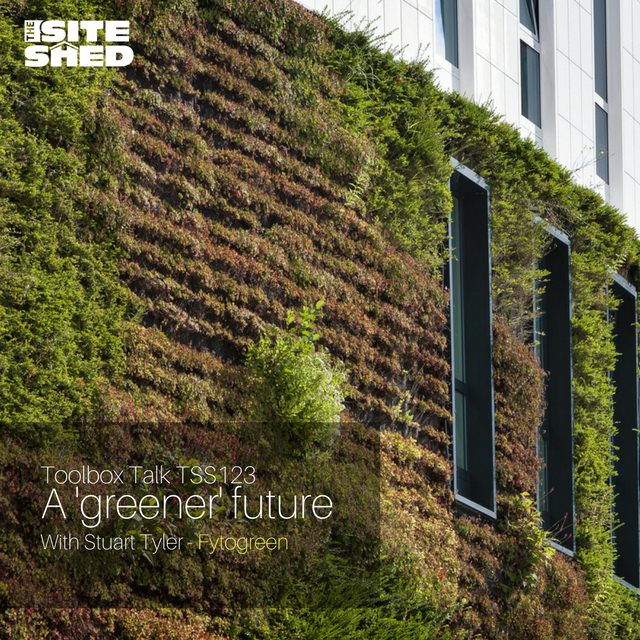Sustainable Green Roofs and Managing Stormwater Runoff
Storm-water run-off is a major cost to councils. Building infrastructure to handle large volumes of rain water in a short time period, uses a lot of taxpayers dollars. Collecting and piping storm water to a safer place is a constant problem for all urban areas. As the urban areas grow so does the urgency to handle large quantities of water. Storm water often ends up piped to the nearest ocean, lake or river. This has a damaging impact on the environment of urban waterways.
How do we reduce this cost and environmental impact?
Roof Gardens are a solution due to their absorption of water. Roof gardens have a layer of soil that plants grow in. As rain falls the soils “soak” up the rain and retains it within the soil reducing the volume of rain water to be piped away. When the soil gets saturated it allows the water to trickle off the roof, often hours after the rain event has moved on. A roof garden reduces the volume and slows down the rate of water run off. This dramatically reduces the load on council infrastructure to handle rainfall events.
Many councils around the world have altered their urban planning policies to include roof gardens on a percentage of all new roofs being built to reduce the impact and associated costs to their water management infrastructure.
Should NZ councils consider what roof gardens can do for them?
To hear more on ecologically sustainable gardens on buildings listen to this blog recorded recently in Australia.

